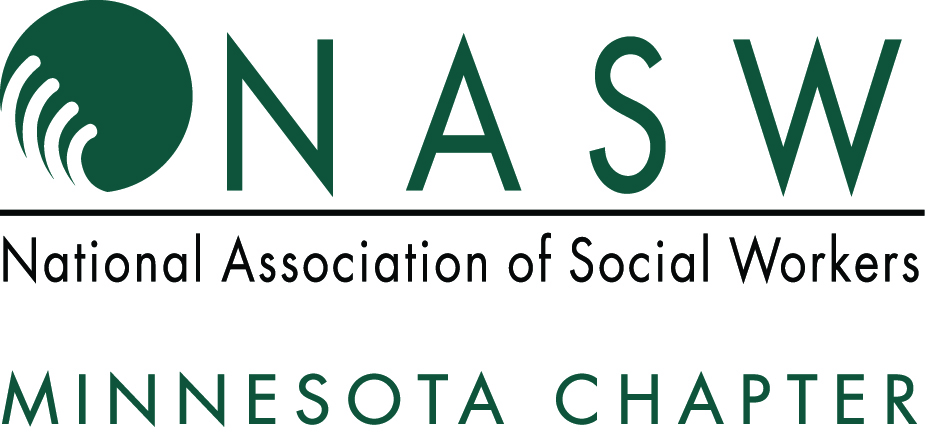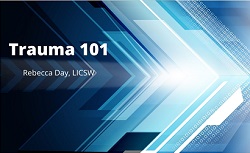*Self-Study courses from NASW-TX are accessible for 30 days from the purchase date. You must complete the course within that timeframe to receive your CEUs.
*Please check with the regulatory board in the state(s) where you are licensed to ensure this course meets continuing education requirements.
Background
Sexual abuse is a pervasive trauma that transcends socio-economic and racial boundaries, impacting individuals across diverse demographics. The Centers for Disease Control and Prevention (CDC) highlights alarming statistics, revealing that more than half of women and one in three men experience sexual violence at some point in their lives. Similarly, the Rape, Abuse & Incest National Network (RAINN) reports that an American falls victim to sexual assault every 68 seconds.
Sexual assault is often the impetus for therapy whether it’s immediately following an incident or years later, when the enduring effects of trauma have become deeply entrenched.
Many clinicians find themselves inadequately equipped or apprehensive about addressing such complex trauma. Consequently, due to a lack of specialized training or apprehension regarding navigating the systems involved, clinicians may opt to refer these cases to other practitioners, potentially disrupting the continuity of care and impeding the healing journey of survivors.
Course Objectives
This training was created to provide social workers with insight into the intricate dynamics of the systems surrounding the client, the familial dynamics influencing their experiences, and the multifaceted factors complicating treatment. Additionally, various theoretical approaches applicable to both children and adults will be explored.
By the conclusion of the program, attendees can expect to enhance their understanding of systemic influences, treatment modalities, methods for mitigating secondary trauma, and ideally, develop a newfound confidence in conducting trauma-informed work with individuals impacted by sexual assault or abuse.
Topics Covered
Sexual abuse definition
Statistics
Dynamics of grooming, secrecy, denial
Signs and symptoms
Laws and reporting
Definitions of abuse in family and criminal law, what and how to report
Working with District Attorneys, advocacy centers, DFPS, and law enforcement
Required documentation
Treatment goals
Strategies for building rapport
Case conceptualization
History-taking guidelines
Strategies for staying in the Window of Tolerance
Complicating factors in treatment
Theoretical approaches: trauma-focused CBT, Polyvagal Theory, EMDR/Adaptive Information Processing Theory, expressive therapies
Avoiding secondary trauma and practicing self-care
SUPPORT:
- Trouble registering for an event? Contact InReach Tech Support at the contact information at the bottom of this page.
- Can’t log in to your NASW Member account? Contact NASW Member Services at 800-742-4089 or membership@socialworkers.org.

 Adding Registration, Please wait...
Adding Registration, Please wait...










